



Gaur, Divya, Priyatam Yasaswi, and Abhishek Jain. 2023. How Decentralised Renewable Energy–Powered Technologies Impact Livelihoods: Findings from the Ground. New Delhi: Council on Energy, Environment and Water
Decentralised Renewable Energy (DRE)-Powered Technologies, having a market potential of $50 billion+ (INR 4 lakh crores), can help India generate resilient and sustainable livelihoods for its marginalised communities. This study, the first of its kind in India, establishes the socio-economic and environmental impact of DRE livelihood technologies on its users. Further, the brief highlights the factors which constrain the usage of these technologies for livelihoods. It gives recommendations to the sector on enabling a conducive ecosystem to accelerate the adoption of DRE technologies at scale.
Download technology factsheets
In India, about half of the population (47 per cent) depends on agriculture (Ministry of Finance 2023). The average annual income of a farmer is INR 122,616 (USD 1,495) (Ministry of Agriculture and Farmers Welfare 2022). Most of the employment in rural areas is informal, with low levels of productivity and low wages. Over the past two decades, the country has witnessed significant labour migration and a substantial employment shift away from agriculture (Choithani, Jan van Duijne, and Nijman 2021, 2). India needs to create at least 90 million (9 crore) new non-farm jobs by 2030 (Sankhe et al. 2020) to meet the aspirations of millions of youths who will enter the workforce. Significant investment in infrastructure and an enabling policy environment are needed to create this volume of highly productive jobs. On the other hand, India has committed to becoming net zero by 2070. This means that India needs to build millions of resilient and sustainable livelihoods while ensuring that its economic growth does not get hampered by the various climate risks, and helps achieve its climate goals (Ghosh and Raha 2020).
Decentralised renewable energy (DRE)–powered livelihood technologies will help generate these resilient and sustainable livelihoods. However, currently the deployment of these technologies on the ground is limited, and it is a challenge to scale at the pace required to address the needs of rural and peri-urban communities. Further, a lack of evidence on the commercial viability of such solutions makes it challenging to garner support from investors, financiers, policymakers, and market enablers.
Therefore, Powering Livelihoods (PL) planned an impact assessment study with two phases to adequately capture the impact of the technologies in the PL portfolio, which represent more than 80 per cent of the sector in terms of revenue. In 2022, we undertook Phase I of the impact assessment study, involving end-users of six different DRE-livelihood technologies (Table 1).
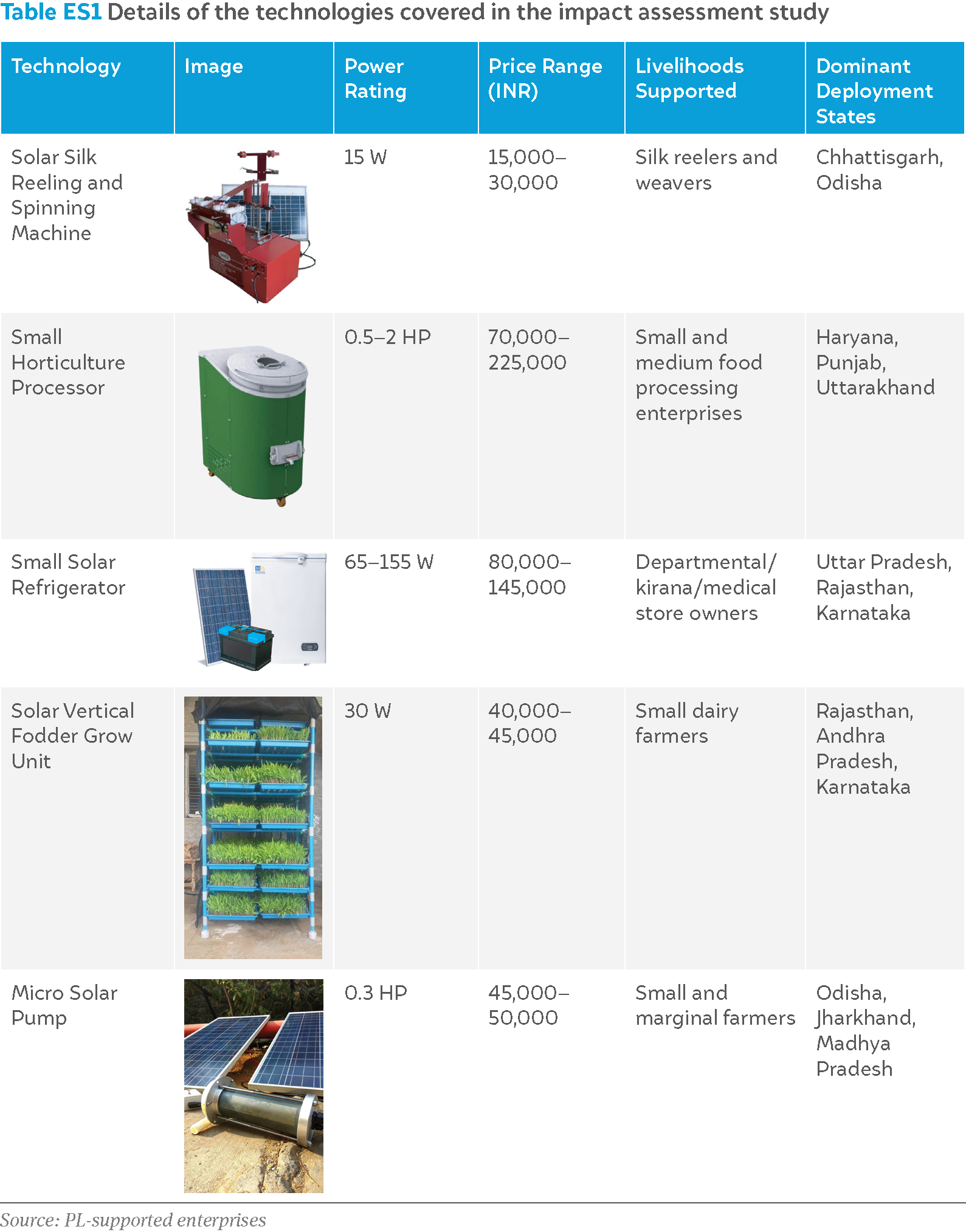
Phase I of the study covered 767 end-users across 19 Indian states. The research covered users who had had access to and used the technologies for at least six months. A cross-sectional study with a mixed-method approach, consisting of quantitative and qualitative research methods, was conducted. The aim was to gauge the impact of these technologies on end-users’ livelihoods.Phase II will consider more technologies, more users, and include revisiting some users from Phase I.
The findings in this brief would help stakeholders make informed decisions about promoting DRE-livelihood technologies. The various stakeholders include livelihood-focused state departments (state rural livelihood missions [SRLMs], animal husbandry, horticulture, textile, khadi and village industries commissions etc.), state renewable energy agencies, central ministries (Ministry of Rural Development, Ministry of Micro, Small and Medium Enterprises, Ministry of Food Processing Industries, Ministry of Textiles, Ministry of New and Renewable Energy etc.), end-user financiers (microfinance institutions, small finance banks, regional rural banks), and small cooperative banks, investors, donors, and enterprises.
Majority of users were females, employing the silk reeling and spinning technology
Around 74 per cent of respondents were female, while male users made up the remaining 26 per cent. This is because technologies like silk reeling and spinning as well as solar hydroponic fodder units have significantly higher shares of female users.
About 45 per cent of users were engaged in farm-based activities for their primary income, which is in line with government data on the percentage of people dependent on agriculture (Ministry of Finance 2023). Around 49 per cent had non-farm livelihoods (own businesses, informal daily wage work etc.), salaries, and pensions, and the remaining mentioned miscellaneous sources.
Government and philanthropic capital support drove the deployment of these technologies on the ground
Almost 90 per cent of users had access to the technologies through some capital support from the aforementioned stakeholders, which subsidised the cost. Still, the majority of the users were not aware that they had availed a subsidy to access the technology.
Table ES2 Major impacts enabled by DRE livelihood technologies
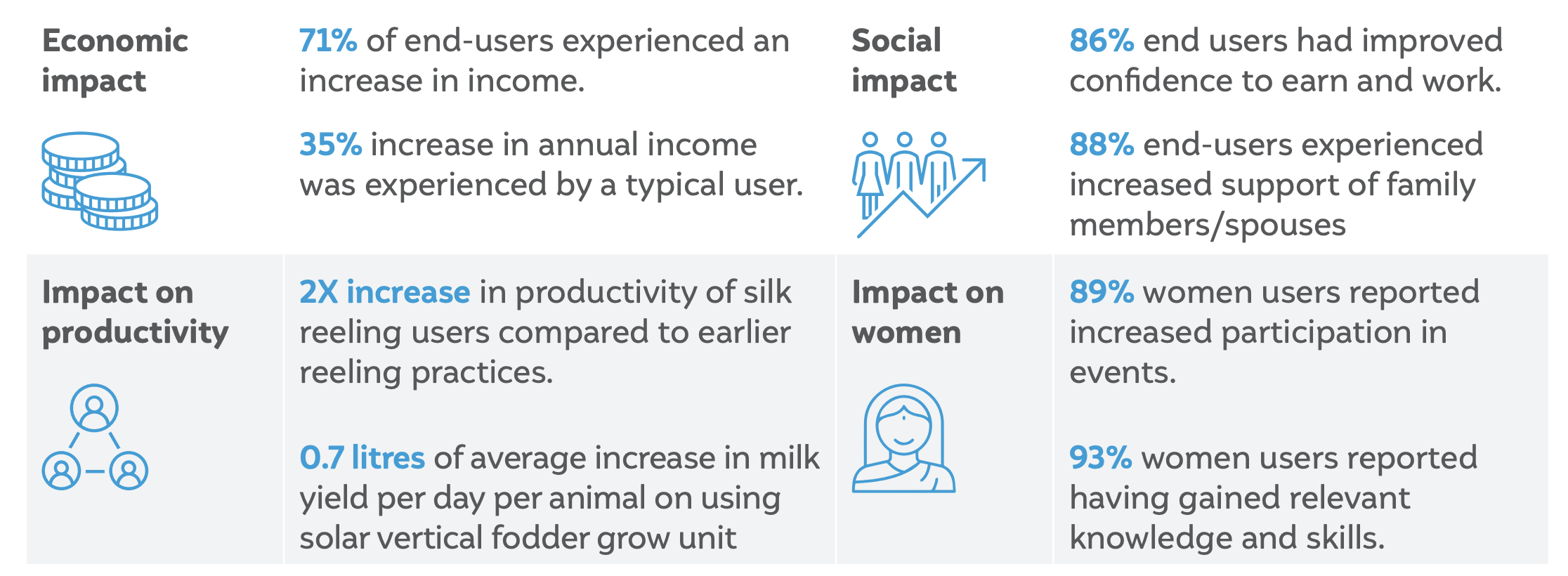
Source: Authors’ analysis
After using a DRE-livelihood technology, the annual income of 71 per cent of end-users increased, typically by 35 per cent
The technologies enabled income increases for 71 per cent of the surveyed users. The solutions generated this additional income by improving productivity, increasing savings on operational costs, and enhancing the value of processed products. Among those whose income increased following the use of DRE-livelihood technologies, many (39 per cent) reported having increased their investment in their children’s educations and in better nutritional and dietary intake.
Increased incomes can pay for product financing with longer repayment tenures and lower interest rates, thereby making commercial deployments feasible
There was minimal uptake of technologies through formal sources of financing – indeed, almost 95 per cent of users did not take out a loan. We analysed the ability of end-users to repay loans from the reported increase in incomes. As many as 81 per cent of silk reeling machine users would be able to repay loans from the income increase following the adoption of the technology. Longer loan tenures and lower interest rates could increase the viability of the solution for even more users across technologies.
End-users continue to employ technologies until constrained by raw material unavailability, limited earnings due to poor market linkages, and a lack of service support
About 70 per cent of users were using the solution at the time of the survey. Raw material unavailability (28 per cent) and earnings being lower than expected (14 per cent) were the two major reasons for end-users not using the technology at the time of the survey. Further, since the majority of deployments were done with philanthropic and government support, users had difficulty reaching manufacturers for prompt support, in cases where the technology was not functioning due to technical issues. However, for users who had procured the technology on their own, initial contact and conversations with the manufacturers during the procurement helps in raising issues on non-functioning in a timely manner.
Certain DRE-livelihood technologies create final products that do not have sufficient local market demand, underlining the criticality of forward market linkages to ensure sustained use of the technology. Similarly, for technologies that depend on raw material that might not be easily available locally, enabling backward market linkages is equally critical.
Capacity building on economic benefits and operational features of the technologies is essential to build the trust of stakeholders
Overall, we found gaps in people’s understanding of DRE-livelihood technologies, their operations, and economic benefits. Such gaps can contribute to a mismatch between the assess needs of a particular user or community and the solution deployed. Such a mismatch could lead to reduced use or non-use of the technologies, thus misleading prospective users and other stakeholders about the efficacy of the DRE-livelihood technologies.
We highlight some ways forward based on early findings of this research on the impacts of DRE-livelihood technologies. This information can help stakeholders address the identified challenges associated with scaling up.
Convergence is required among ecosystem stakeholders to enable market linkages
Given the criticality of forward and backward linkages, it is necessary for implementing organisations and technology manufacturers to work collaboratively with relevant government and private stakeholders. This would ensure establishment of the linkages so that the technologies can be deployed at scale.
Affordable financing should be accessible through innovative financial instruments
The capital that many philanthropic organisations and government departments are actively contributing to this sector could be directed towards enabling financing mechanisms that facilitate effective and wider adoption of these technologies.
After-sales support and timely check-ins are essential to ensure sustained use of DRE-livelihood technologies
To address unresolved technical issues, it is necessary for technology manufacturers to train and engage youth from local communities on a fee-based model, especially where there are a sizable number of deployments. These youths can then provide support to end-users looking to resolve issues.
Dedicated training and capacity-building interventions are needed to bridge the existing gaps in awareness
Currently, training programmes conducted by ground-level organisations and government departments target many sections of the rural population. In addition, dedicated training and holistic capacity building for all stakeholders involved, as well as appropriate expectation setting for users, could go a long way in the process of realising and sustaining the impact of these technologies.
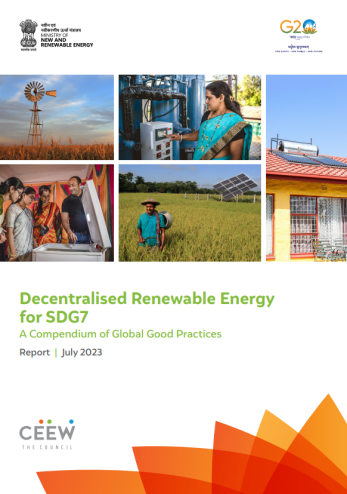
Decentralised Renewable Energy for SDG7
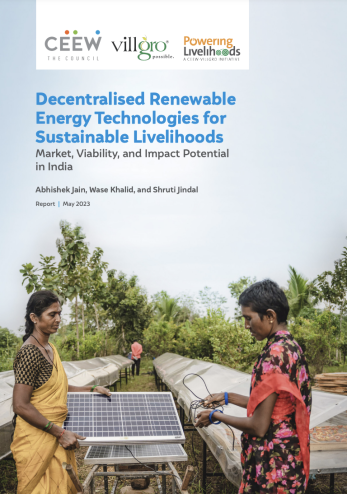
Decentralised Renewable Energy Technologies for Sustainable Livelihoods
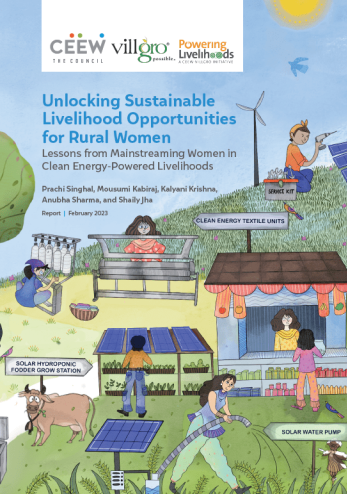
Unlocking Sustainable Livelihood Opportunities for Rural Women
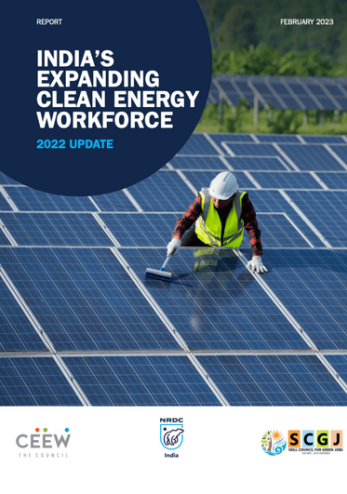
India's Expanding Clean Energy Workforce 2022 Update